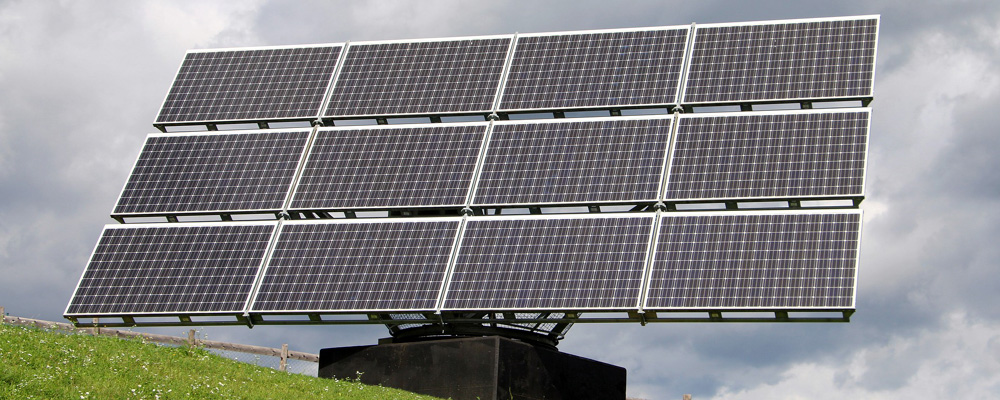Solar energy is becoming a big deal. In 2015, China added an amazing 15 GW of solar capacity while the United States added an impressive 7.5 GW. Over 160 billion dollars were injected into the solar industry last year – the largest investment for any energy source.
Despite the incredible growth of the overall solar industry, many solar PV companies have struggled mightily to bring home profits. Why is this? Low fossil fuel prices, prospect of higher interest rates, and falling stock valuations have all contributed.
However, even with these headwinds there are concrete steps that every solar PV company can take to increase their chances at sustainable profitability. The management consulting firm McKinsey & Company believes that these companies need to overcome two major challenges: 1) system design and 2) construction execution.
System Design Challenges
Residential Solar. The core issue behind this challenge comes down to customization. Today, almost every single roof gets a perfectly engineered configuration that maximizes efficiency. However, this level of customization leads to very high costs, and low profits for solar companies. As the industry progresses, it would be wise for the companies to swing the pendulum towards designs that take a small hit on efficiency, but has better “constructability”.
Commercial Solar. The issue of customization also comes up with utility/commercial scale solar plants. Companies should shift more towards prefabricated units, and take the time to verify that all components work with each other before construction and installation begins. Furthermore, the large utility-scale projects would benefit from more thorough up-front assessments with the aim of minimizing the amount of rework required for trenching and digging holes.
For both residential and commercial solar, an useful analogy to consider would be the automotive industry. Major car manufacturers use a small number of baseline designs across a wide range of different car models in order to minimize costs.
Construction Execution
This all comes down to the ability to finish on time and on budget. Firms can employ strategies such as:
- Aligning incentives. For example, a performance bonus for the contractors if the project finishes on time and under budget.
- Progress Monitoring. Milestones need to be defined and and carefully tracked. Ideally, the progress should also be linked to incentives (or penalties for missing them).
- Lean Construction. This is an adaptation from lean manufacturing. The key goal is to design a methodology to minimize cost, time, and effort on a project. Learn more about lean manufacturing.
If solar PV companies can overcome the system design and construction challenges, they should be able to realize much better profits and take advantage of the meteoric growth of the solar industry.
